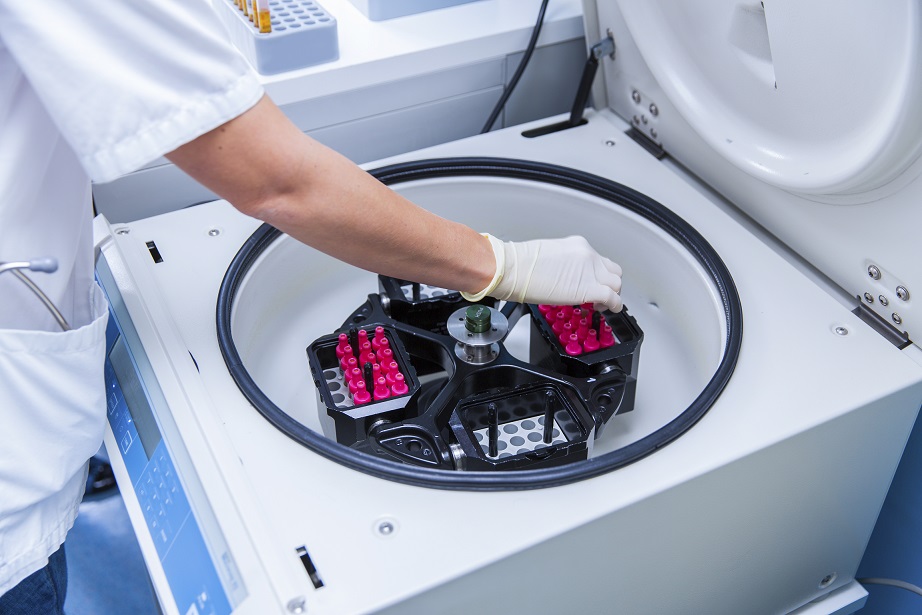


The US Food and Drug Administration (FDA) consistently lists inadequate maintenance and calibration procedures as a top reason for issuing Form 483 observations to medical device manufacturers (hint: this is NOT a good thing). Within highly regulated industries, calibration program problems can leave you open to risks ranging from delays in time to market to increased liability and patient safety.
When it comes to managing an effective and compliant calibration program, there is no “one size fits all” solution, so it’s important to understand any deficiencies in your program. As a calibration provider for the medical device industry, we see first hand how failing to recognize these deficiencies can have a negative impact on all levels of a business. Here are five major areas that can leave you vulnerable to hidden costs and excessive risk:
1. Insufficient expertise
It’s vital that technicians calibrating manufacturing equipment have a working knowledge of electronics principles and can use and troubleshoot test equipment. Specialized knowledge of calibration standards and regulations specific to medical device manufacturing helps keep your calibration program compliant.
Manufacturers looking for in-house technicians may find themselves struggling to find candidates with the right level of expertise since fewer military-trained metrologists are entering the workforce and exhaustive metrology training is rarely offered in colleges and universities. For companies looking at outside services, it’s imperative to choose a provider that has invested in proper standards and accredited facilities.
2. Manual or outdated methods
Smaller manufacturers sometimes find manual procedures such as a spreadsheet or pen-and-paper approach to managing assets appealing due to low upfront investment requirements. Unfortunately, these systems are also time consuming, error prone and can lead to costly issues associated with poorly organized processes and a lack of centralized reporting capabilities.
Manual systems also do not provide automation to track forms, documents, changes and assignment status from start to finish. For example, if an issue arises with an instrument that is found to be out of tolerance (OOT), it’s important that comprehensive documentation is readily available for an OOT investigation. The use of disparate systems to validate asset information across departments or physical locations can lead to complications with document routing, approvals or escalations. The inevitable result is missed calibrations, non-compliance and moderate to severe quality and safety risks.
3. Hard copy calibration certificates, service records
While keeping a three-ring binder of calibration certificates may be sufficient for small shops, retaining hard copies of calibration certificates and service records can lead to a host of issues for large manufacturers, particularly if audited. Trying to follow paper trails can slow data collection and transfer processes while insufficient document controls, misplaced calibration certificates and other ”holes” in a calibration program can act as red flags to regulatory bodies. In addition to compliance risks, paper documents can easily become damaged or unreadable over time. Keeping your calibration records in a robust, searchable and validated online system can also improve knowledge transfer if your quality program changes hands such as during a merger or acquisition.
4. Lack of visibility
A lack of visibility within an organization affects process standardization and can make regulatory compliance impossible. Calibration schedules, product check-in/check-out procedures and maintenance processes must be systematically tracked and globally visible to avoid oversights and inaccuracies, and to keep from squandering time and resources. More importantly, the FDA requires manufacturers to know precisely where and how instruments are being used so that manufacturers can identify product batches impacted by uncalibrated or OOT equipment.
For a plant that has a multitude of instruments that require regular calibration, tracking aggregate data can help optimize the calibration program by identifying wasteful or disruptive calibration scheduling or poorly performing equipment.
5. Uncalibrated equipment in production
Equipment left uncalibrated or not calibrated properly is a surefire way to leave your business vulnerable to regulatory and product quality issues. Regular calibration ensures regulatory compliance and reduces the potential for manufacturing defects that could otherwise leave an organization vulnerable to costly delays or risks. Choosing an experienced and accredited calibration vendor is the best way to keep your calibration program in compliance.
World class calibration services
With more than 100 points of service worldwide, over 1,100 associates, industry-leading expertise and accredited labs, Tektronix offers the world-class calibration services you need to stay compliant, mitigate risk and focus on core competencies.
To find out how Tektronix’ extensive network of highly qualified experts and unmatched suite of capabilities can help you improve the quality and efficiency of your calibration program, go to: www.tek.com/medical-equipment-calibration.


